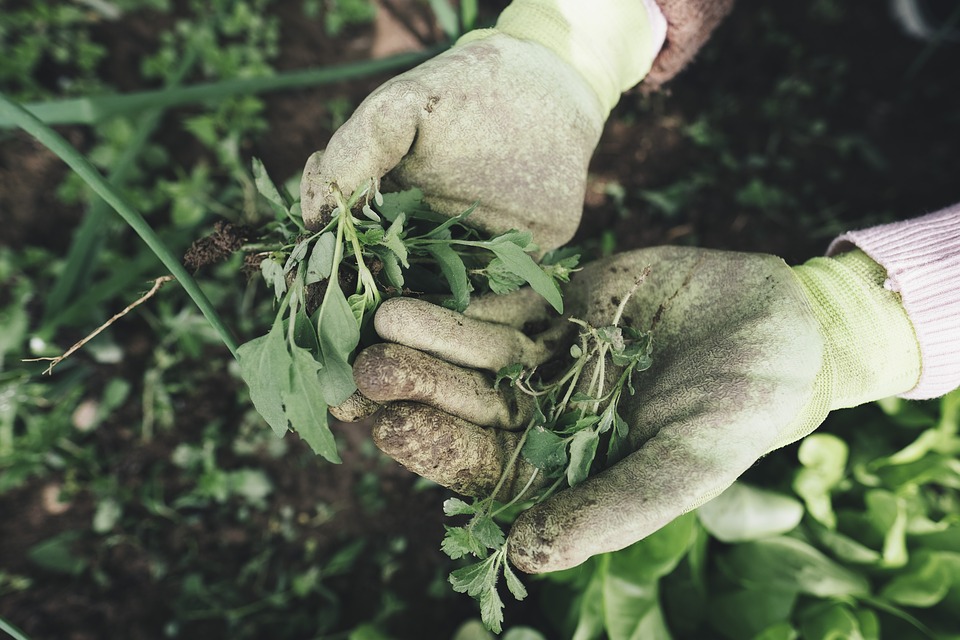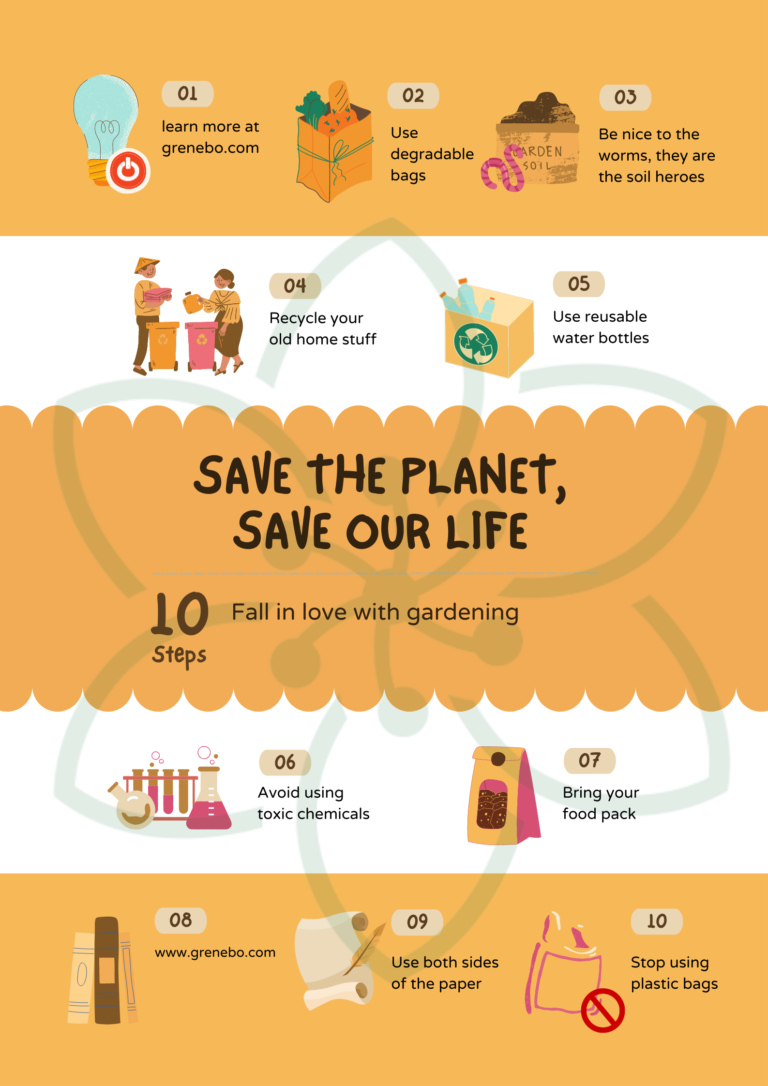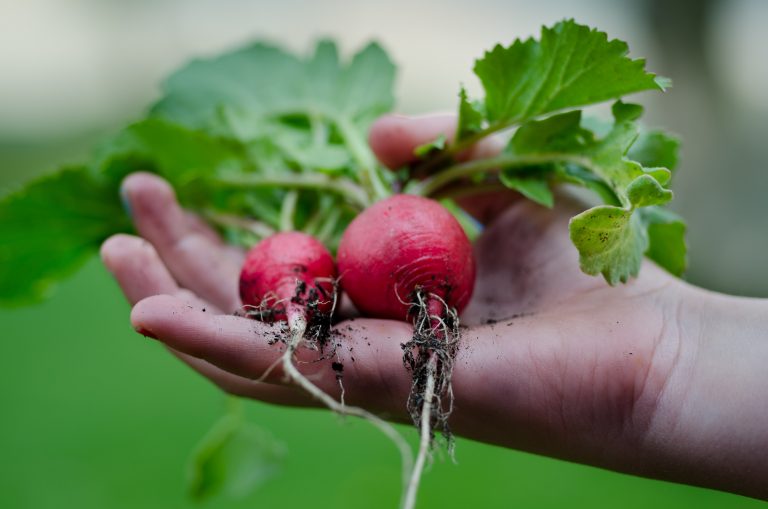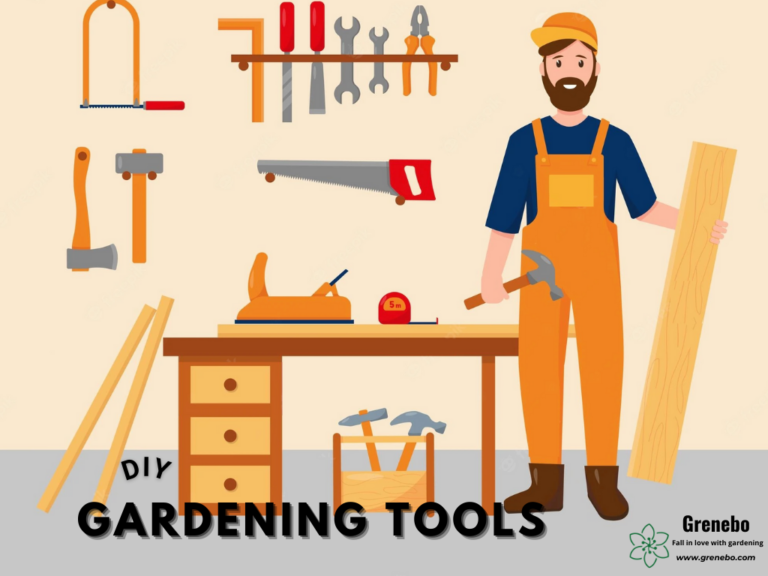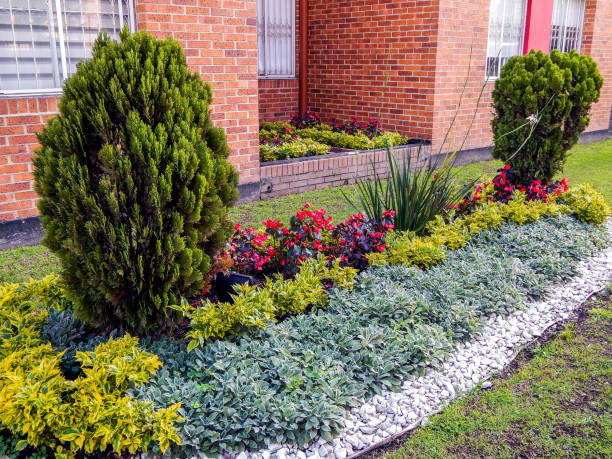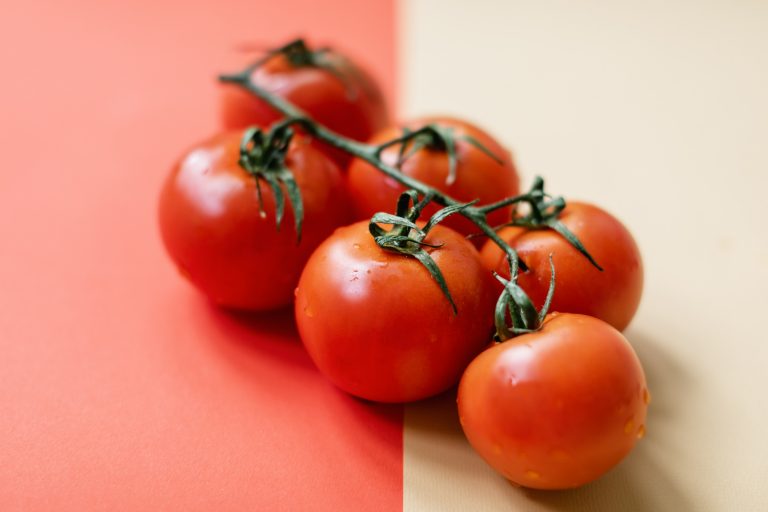20 Gardening Tips and Hacks Every Ground Keeper Should Know
Gardening is no longer something reserved for green thumbs and hippies. Lots of people are starting to get more involved with growing their own food – even in small spaces. But where do you start when you want to grow your own vegetables? What soil is the best for your plant? How do you get them enough light and water? How to prune them? Though nature will bestow you with this knowledge over time, we’d like to give you plenty of heads-up of what gardening would look like through this article’s tips and hacks!
It’s important to remember that all beginners in gardening have many questions and it’s normal to feel confused when you’re just starting out.
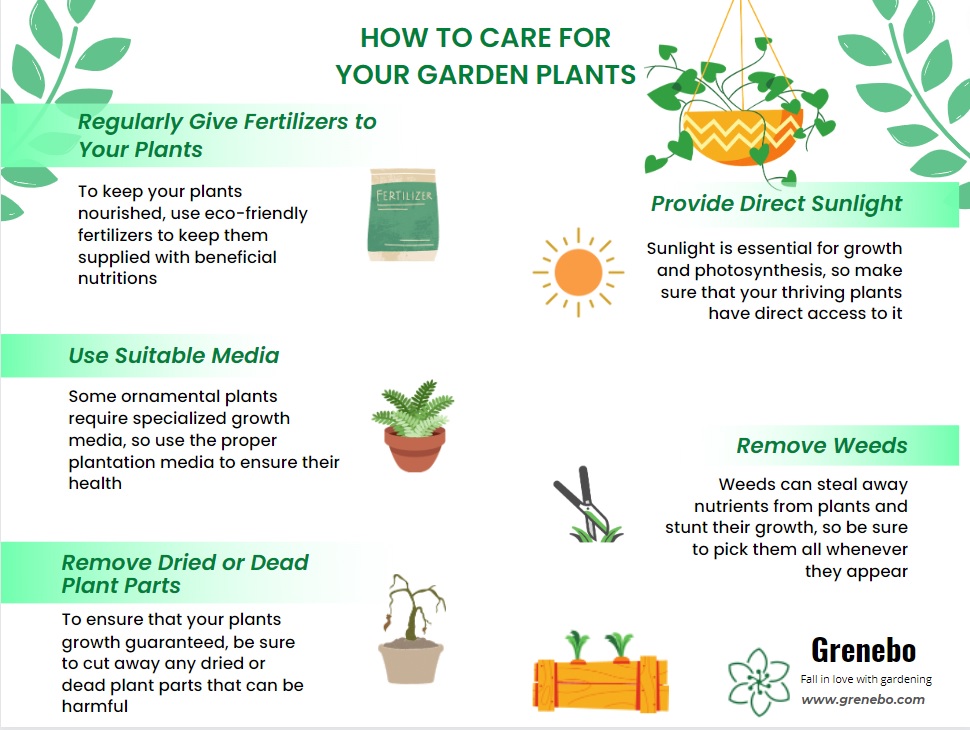
Gardening Tips
Gardening can be an incredibly rewarding activity, but it’s also one that requires commitment and knowledge. This article will not just help new gardeners get started but also give everyone takeaways to make gardening more fun and enjoyable!
- You must know your USDA Hardiness Zone, you can ensure that any plants you buy to put in your garden will be able to survive the lowest temperature that’s typical for your area. That’s because most plants come with a suggested hardiness zone range on the back of their labels that tells you where they will thrive.
- Start Small, Know Big: There’s a lot to be said for learning by doing, but there’s also such a thing as biting off more than you can chew. If you’re new to gardening, don’t try to turn your entire backyard into a garden sanctuary right away. Start small, with something like a square foot garden or something in a container on your deck or patio. When you gain confidence and experience, then you can move on to bigger projects.
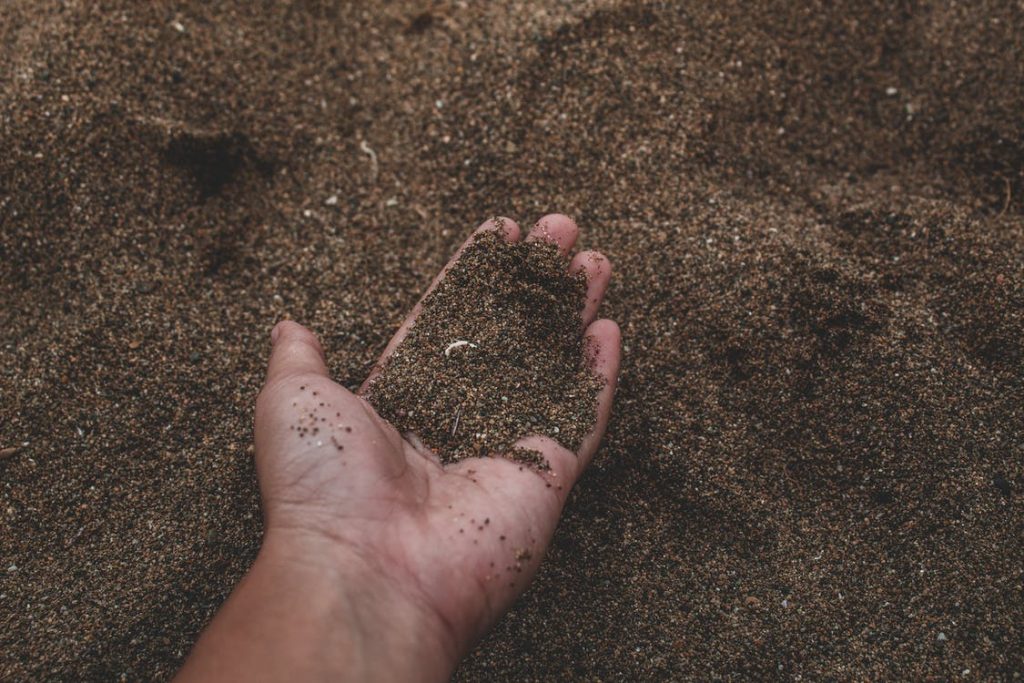
- Test your soil. The first step in preparing your garden for planting is to determine exactly what type of soil you have. This will help you know what types of nutrients may be lacking in your soil so you can add them later on. Soil testing kits are available at most garden centers and online retailers such as Amazon. These kits are easy to use and don’t require any special training or expertise. Once you have determined the pH level of your soil and know if it’s sandy or clay-based, you can amend it accordingly before planting anything. Add mulch. Adding mulch to your garden is a simple yet effective way to improve its appearance while also protecting plants from excessive heat or cold.
- Light exposure. Light exposure can make or break your houseplant’s health. If your plant is not getting enough light, it will become leggy and weak. If it gets too much sun, its leaves will become yellow and/or brown.
How much light do your houseplants really need? The answer depends on the type of plant. It is a must for you to know the different light requirements of your plants.
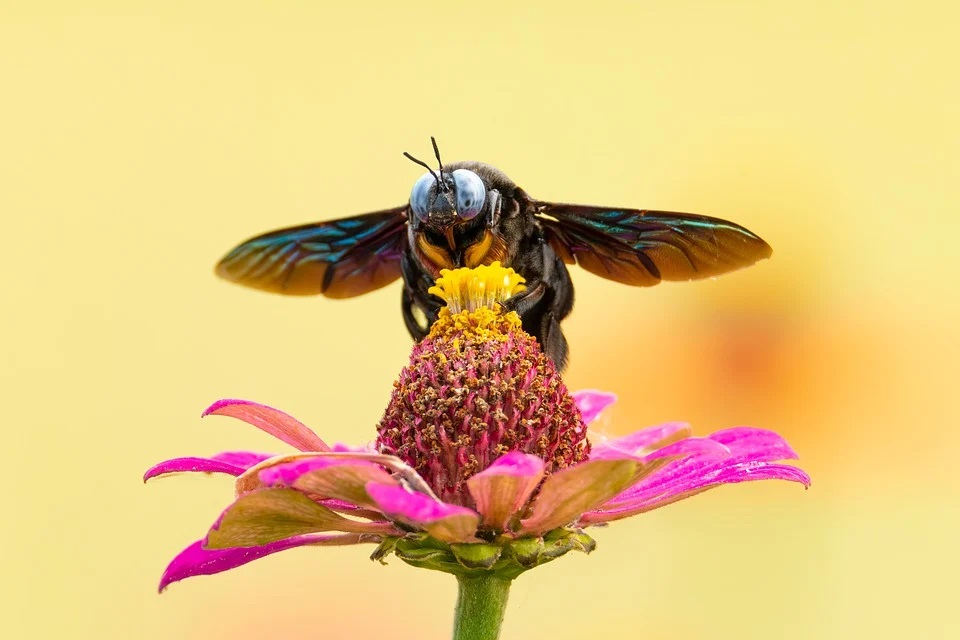
- Watering Condition. People often believe that the most common plant problem is too little water. But, in fact, overwatering is a much bigger concern. Many plants die from it. And, unfortunately, it’s easy to do when you’re first starting out.
Watering is a bit of an art and a science. The amount of water needed depends on the type of soil, the type of plant, and even the weather conditions. The soil in your garden may be sandy or clay-like. Plants like tomatoes tend to need more water than plants like grass.
- Pruning. The best time for pruning is in early spring before new growth begins. It’s important not to wait until after buds have begun growing before cutting back any branches or stems that may be dead or damaged from winter weather conditions such as snowfall or freezing temperatures. This will help ensure there are still plenty of nutrients left inside those branches/stems for healthy regrowth later on during the warmer months ahead!
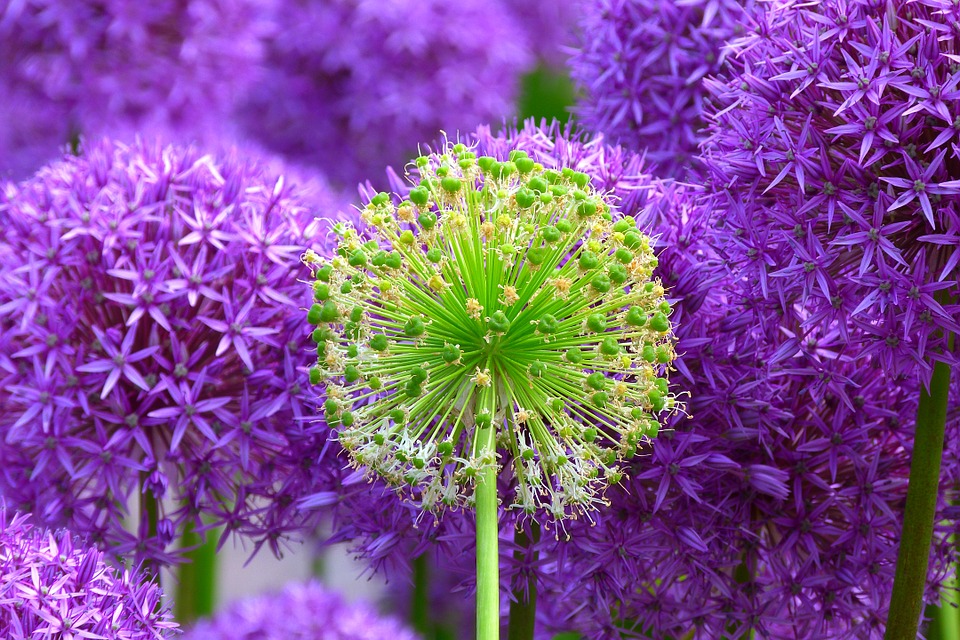
- The key to successfully growing a healthy garden is planning. You can’t just throw
- Some seeds in the ground and hope they grow. You need to plan out your garden carefully, taking into account the size of the space, soil quality, and natural sunlight.
- Learn how lengthy your growing season is (the time between your final spring frost and your first fall frost) so you can start some plants indoors or avoid growing them altogether.
- Don’t focus on one area too much. You want to make sure each part of your garden gets enough attention.
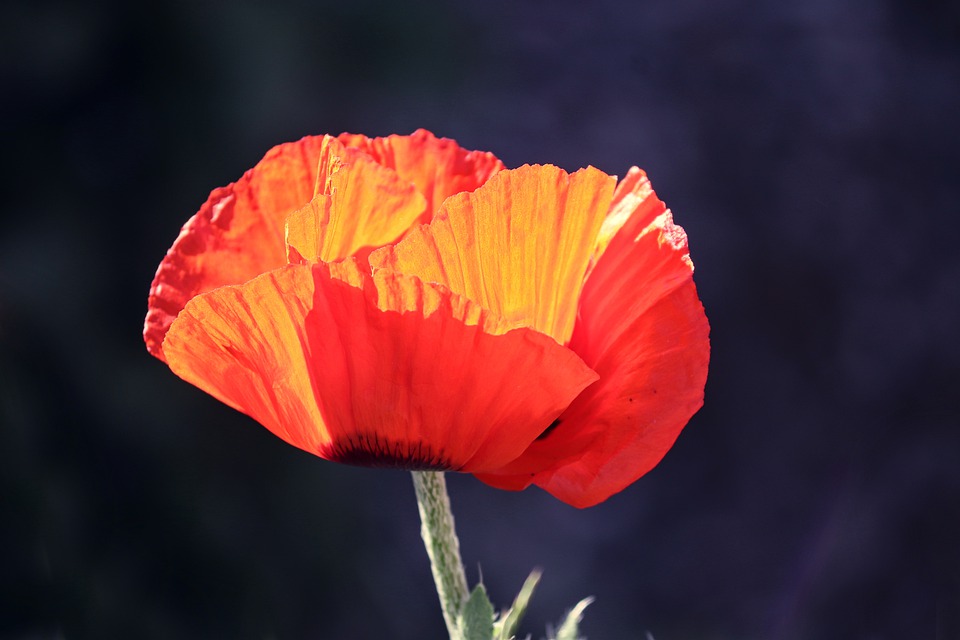
- If you live in a cold climate, choose hardy plants that can survive the winter; if you live in a warm climate, choose heat-tolerant plants that won’t wilt in the summer heat.
- Use mulch! Mulch helps keep the moisture in and prevents weeds from growing. It also keeps your garden bed looking nice—there’s nothing wrong with wanting your garden to look its best.
- Compost everything. When you think it’s time to throw something out, compost it instead! You’ll be helping the environment in two ways: by reducing your waste and creating nutrient-rich organic matter that’s perfect for growing beautiful plants.
- In the fall, before temperatures drop and the ground freezes, plant spring-blooming bulbs, such as tulips, fritillarias, ornamental alliums, and crocuses. When planting bulbs near existing plants, keep in mind that they’ll be sharing space once they sprout. Tulips and daffodils are among the earliest to bloom, so when selecting which bulbs to plant with perennials and shrubs that also flower in early spring, make sure to leave some room for their foliage.
- Native plants are better adapted to your region’s climate and growing conditions.
Native species of plants are often better adapted to growing in your region than plants from other places in the world. They’re also more likely to attract local birds and pollinators.
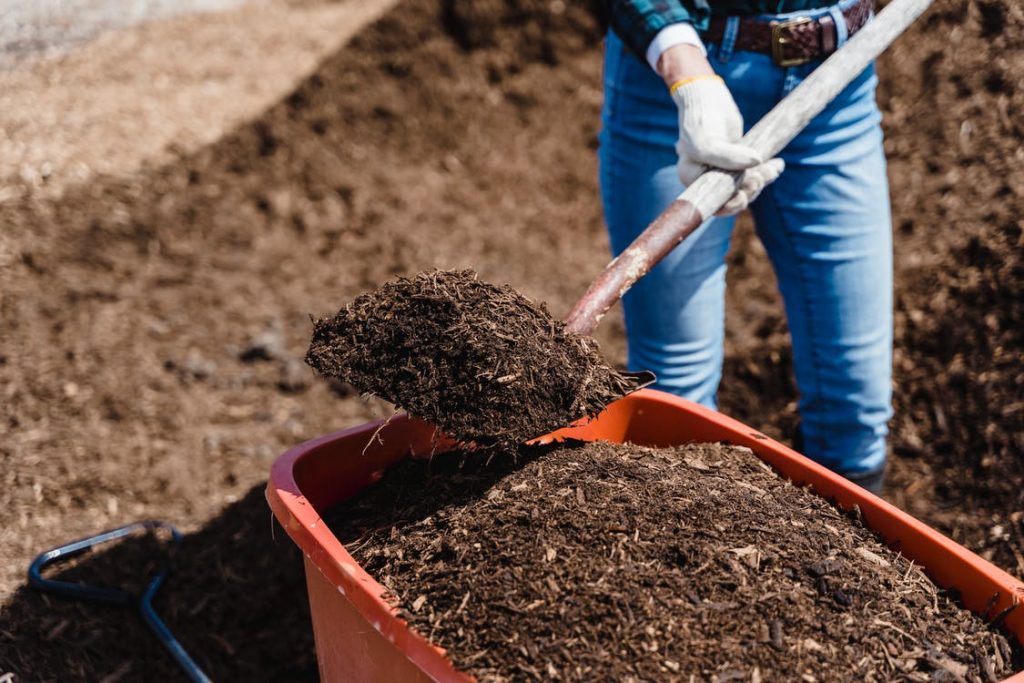
There are two reasons for this: 1.) Native species of plants have adapted over thousands of years to survive in the local climate and 2.) Native wildlife (such as birds and insects) have also adapted to survive by finding food and shelter in their native habitat.
In a nutshell, that means that native plants will grow well in your area with less effort and provide food and shelter for local wildlife.
- Keep an eye on pests. Pests can cause serious damage to your plants. Some of the most common plant-eating pests are aphids and spider mites. Aphids are small insects that cluster on tender new growth and suck the life out of stems and buds. Aphids also spread diseases, which can be devastating to your garden. Spider mites are tiny eight-legged arachnids that do their damage by sucking juices from the undersides of leaves. Mites tend to attack older, drier leaves where they form clusters of webbing.
Different pests require different treatments, so it’s important to identify the pest before determining how to get rid of it.
- Beneficial insects. Some insects, such as honeybees, ladybugs, and praying mantises, are very beneficial in a garden because they help to pollinate plants and kill other harmful pests. These insects will often come naturally to your garden if you plant certain flowers that attract them. Other times you’ll have to purchase them and release them into your garden yourself.
- Weed Control. No matter what method you use to cultivate your garden, weeds will always find a way to sneak in. Weeds can be a serious problem in the garden. They compete with your plants for nutrients, water, and sunlight. The simplest way to weed is to pull them out by hand. You can either pull out the weeds with your fingers or use a trowel or other garden tool to loosen the soil around them first. Make sure you don’t leave any roots in the ground; otherwise, they’ll grow back.
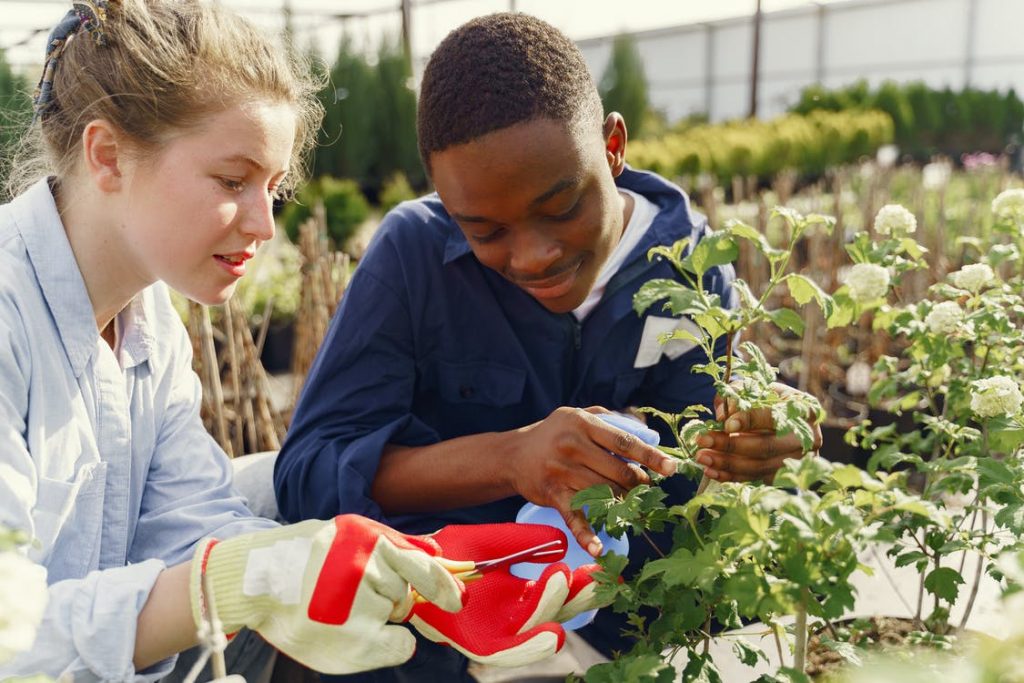
- Put tags on your plant. Make your plants easier to find in the garden. So you’ll know where they are planted and can more easily get to them to harvest them or prune them. You can keep an eye on them more easily when they are new.
- Save your seeds. It’s easy to save seeds, too! Just wait until your vegetables have completely ripened on the vine. Then, pick them, wash them off with water, and let them dry on a plate. Once they’re dried, you can store them in envelopes or small plastic bags until you’re ready to plant next spring.
- Enjoy your garden! It doesn’t matter how big or small your outside space is — always find time to enjoy it.
If you’re only outside once a week to tend to your plants, all the hard work will feel like a chore, and you’ll miss out on the pleasures of having an outdoor space. The more time you spend in your garden, the more you’ll see it grow and change. The more you tend to it, the better it will look.
Time spent in the garden is never wasted, so try to use that spare hour or two a day – even if it’s just sitting outside with a cup of tea and a book.
Just a few heads-up on what to do and avoid when gardening. See the video below:

